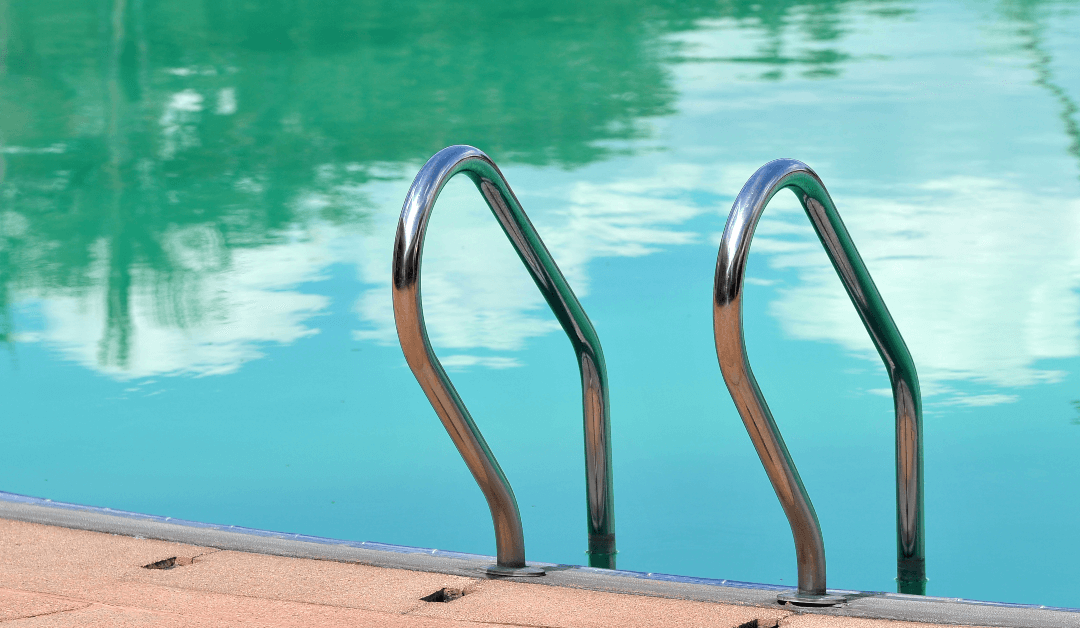If only we lived on a planet where the pool would remain clean, but maybe in the next. ‘My pool water looks green but clear,’ is what we hear a lot. Our pool color can change over time, and in most cases, you may end up with green pool water. But again, it may stem from poor maintenance, so first, are you proactive with your system? The color speaks volumes about the pool’s health, so why brown, purple, black, yellow, or green?
Reasons for the green pool water
A clear pool’s first and common enemy is an algae breakout; another is metal stains. Let’s get to know them a bit.
- Algae
Typically, it is caused by inadequate free chlorine levels and is why you witness a green, yellow, or black color in the pool, its walls, its floors, or even on the pool equipment. Keep in mind that the variations are due to the type of algae. In some cases, there may be yellow algae in pool, also called the mustard algae. Unlike its counterpart, once it starts, it becomes recurrent. It is green algae that have developed resistance to sanitizers. The usual green algae float on the water, making it easier to remove, while the yellow cling to the walls and pool equipment.
So, the big question is, how can you determine if it’s algae or heavy metals? Algae is not your guy if you shock the pool or induce chlorine and water discolors. Instead, it is the heavy metal presence.
For satisfaction, let’s find out how to test your pool for algae.
- How to test algae
An option is employing the Overnight Chlorine Loss Test. First, add the usual amount of chlorine to the pool and ensure you take a reading. Remember that it should be done in the night or evening when the sun is no longer in sight to consume free chlorine.
In the morning, take another reading. If used chlorine is between 0 to 1 ppm, that is a small amount; thus, you can stop blaming algae or other microorganisms for the green pool. Instead, it’s the metal staining resulting from chlorine oxidation.
- Metal staining
When chlorine oxidizes with copper, silver, iron, magnesium, and manganese, there will be metal staining of various colors. The copper turns light green, silver to black, magnesium, and manganese to purple, and iron to brown on adding chlorine. To be sure, carry out a heavy metal test using a test strip. A professional can help you clear the stains.
Chemicals that result in the pool color change
Low chlorine levels
Inadequate chlorine levels can’t stand up to bacteria and algae, resulting in algae growth.
High pH levels
It establishes how acidic or basic the pool water is. Several factors result in a high pH, from your sunscreen, weather, cosmetics, and anything that comes into contact with the water. With such conditions, chlorine is disabled.
Little cyanuric acid (CYA)
Just like you have sunscreen for your skin, chlorine has its own, which is CYA. The water conditioner inhibits chlorine from evaporating due to sun exposure.
Non-chemical causes
Inadequate filtration time
Whenever you are mixing anything, you have to ensure they blend well, right? The same goes for your pool. After adding chlorine and CYA, you have to filtrate the pool. It is advisable to have it running for an hour for every ten degrees, such that if it’s 100 degrees, ten hours it is.
How to fix green pool water
Chemical changes in the water result in green pool water. While you can fix some of the issues yourself, microorganisms like yellow algae may require professional intervention for a long-term solution. A well-maintained and cleaned body also ensures a clean, healthy pool that you don’t have to think twice before getting your share of therapeutic water movements. Find a professional pool expert near you!

